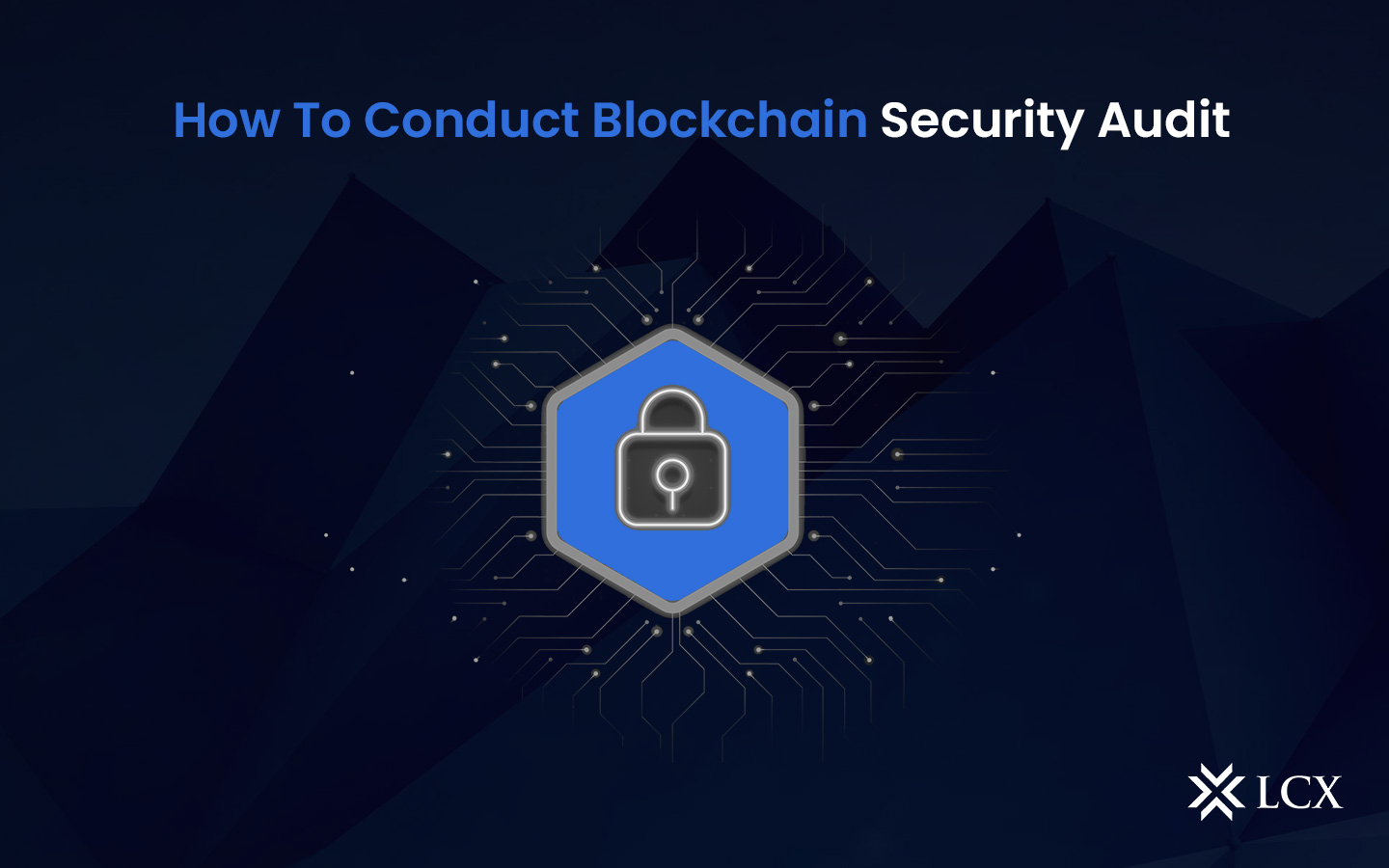Common Security Threats in Blockchain
- Smart Contract Vulnerabilities: Smart contracts, self-executing code on the blockchain, can contain vulnerabilities that are exploited by malicious actors. Common issues include reentrancy attacks, integer overflow/underflow, and unhandled exceptions.
- 51% Attacks: In proof-of-work blockchains, a single entity controlling more than 51% of the network’s mining power can manipulate the blockchain’s transactions, potentially leading to double spending.
- Private Key Vulnerabilities: Loss or theft of private keys can result in unauthorized access to funds or data.
- Forks and Consensus Issues: Blockchain forks can lead to disagreements among network participants, potentially compromising the security and integrity of the blockchain.
- Malicious Nodes: Malicious nodes in a blockchain network can engage in various activities like sybil attacks or eclipse attacks, potentially compromising the network’s security.
- Oracle Exploits: Blockchain-based applications often rely on external data sources known as oracles. If these oracles are compromised, they can provide incorrect data to smart contracts.
What Is a Blockchain Security Audit?
A blockchain security audit is a comprehensive assessment of a blockchain system’s security measures to identify vulnerabilities, weaknesses, and potential risks. The goal is to ensure the integrity, confidentiality, and availability of data and assets on the blockchain. A thorough audit provides stakeholders, including developers, users, and investors, with confidence in the blockchain’s security.
Key Components of a Blockchain Security Audit
- Code Review: The audit begins with a detailed examination of the blockchain’s codebase, especially smart contracts. Auditors assess the code for vulnerabilities, adherence to best practices, and potential exploits.
- Network Security: The network’s architecture is examined to identify potential vulnerabilities, such as DDoS attacks, malicious nodes, and other network-related risks.
- Consensus Mechanism Evaluation: In proof-of-stake and proof-of-work blockchains, the consensus mechanism is crucial. Auditors evaluate the consensus algorithm for potential attack vectors.
- Private Key Management: The audit assesses how private keys are generated, stored, and managed to prevent unauthorized access.
- Smart Contract Analysis: Smart contracts are a significant focus of the audit. Auditors check for potential vulnerabilities, gas optimization, and correctness of code execution.
- Third-party Integration: Many blockchain applications rely on third-party services like oracles and external APIs. These integrations are assessed for security and reliability.
How to Conduct a Blockchain Security Audit
A Blockchain security audit is a manual, systematic, and structured code evaluation of a blockchain development project. Typically, the procedure involves the extensive use of static code analysis tools. The primary responsibility for auditing, however, rests with expert security professionals and blockchain developers, who must examine the code for flaws. Let’s examine the various steps involved in the Blockchain due diligence procedure.
Define Goal of the Target System
A poorly directed audit of Blockchain security is worse than no audit. It causes confusion, consumes time, and yields no tangible result. To avoid getting stuck in a directionless loop during a blockchain security audit, define your audit objectives before beginning the process.
A broad aim of a security audit, blockchain or else, is to identify security risks in your system, network, and tech stack. This objective can also be subdivided into several smaller objectives pertinent to various security areas and your particular requirements. Additionally, specify the action plan that should follow the security audit. A predetermined objective and action plan will prevent you (the auditor) from going astray during the audit and keep your evaluation on track until the very end.
Identify Component(S) and Associated Data Flow(S) of Target System
The second stage is to identify the target system’s components and associated data flow. In addition, the auditing team must be familiar with the project’s architecture and use case. A thorough examination of test plans and test cases is also required for a successful audit. When conducting a Blockchain smart contract audit, first close down the source code version. This ensures that the auditing procedure is transparent. In addition, this phase allows you to distinguish between the version of the code that has already been audited and any new versions that you render. However, it is essential to record the version number(s).
Identifying Potential Security Risks
Blockchain applications have nodes and APIs that are accomplished by communicating over private and public networks. Nodes and their respective responsibilities can vary in solutions because they are the communicating entities in the Blockchain network. Due to the constant evolution of implementations and risks, organizations may wish to conduct a risk assessment. There are potential security hazards associated with data, transactions, etc. in the blockchain.
Threat Modeling: Blockchain Security Audit
One of the essential components of a blockchain security assessment is threat modeling. Potential system security issues can be identified more readily with threat modeling. Specifically, threat modeling can uncover data deception and manipulation. In addition, it can detect denial of service attacks against a Blockchain system. As part of the audit of the blockchain’s security, this step identifies data manipulation.
Exploitation and Remediation
Exploitation & Remediation is the final phase of the Blockchain security auditing procedure. Exploitation of the vulnerabilities discovered in the above steps reveals the gravity of the risks. Exploitation entails determining the simplicity of exploiting a vulnerability and the system’s manifestations. Nonetheless, Remediation is concerned with resolving these vulnerabilities.
Conclusion
Blockchain security audits play a pivotal role in maintaining the trust and integrity of blockchain systems. In a world where digital assets and decentralized applications are becoming increasingly prevalent, the importance of robust security measures cannot be overstated. By following the steps outlined in this guide, blockchain developers and stakeholders can proactively identify and address security vulnerabilities, ultimately fostering a safer and more secure blockchain ecosystem for all participants. Remember that blockchain security is an ongoing process, and regular audits should be part of any blockchain project’s security strategy.
Tags: Blockchain, Insights
